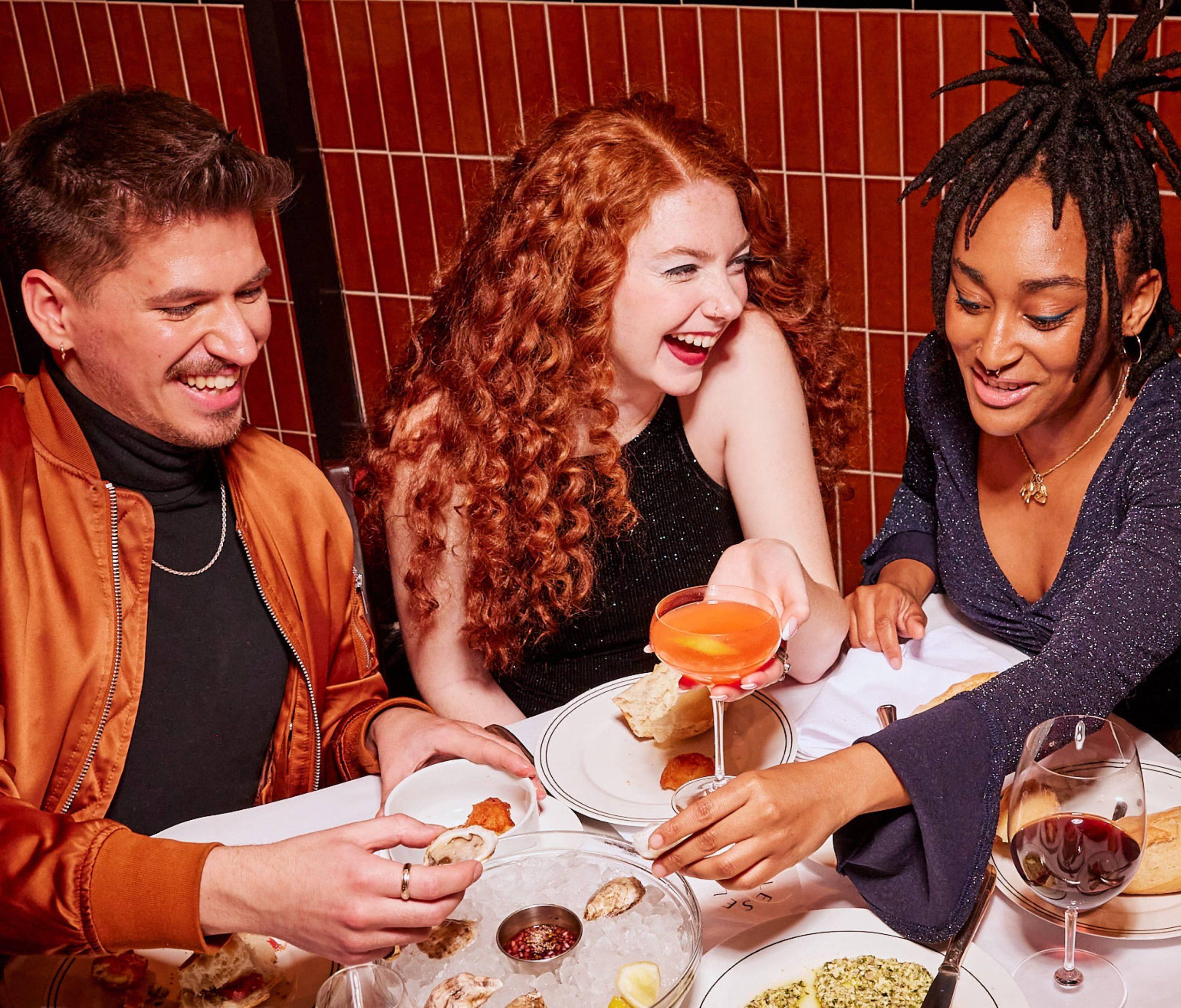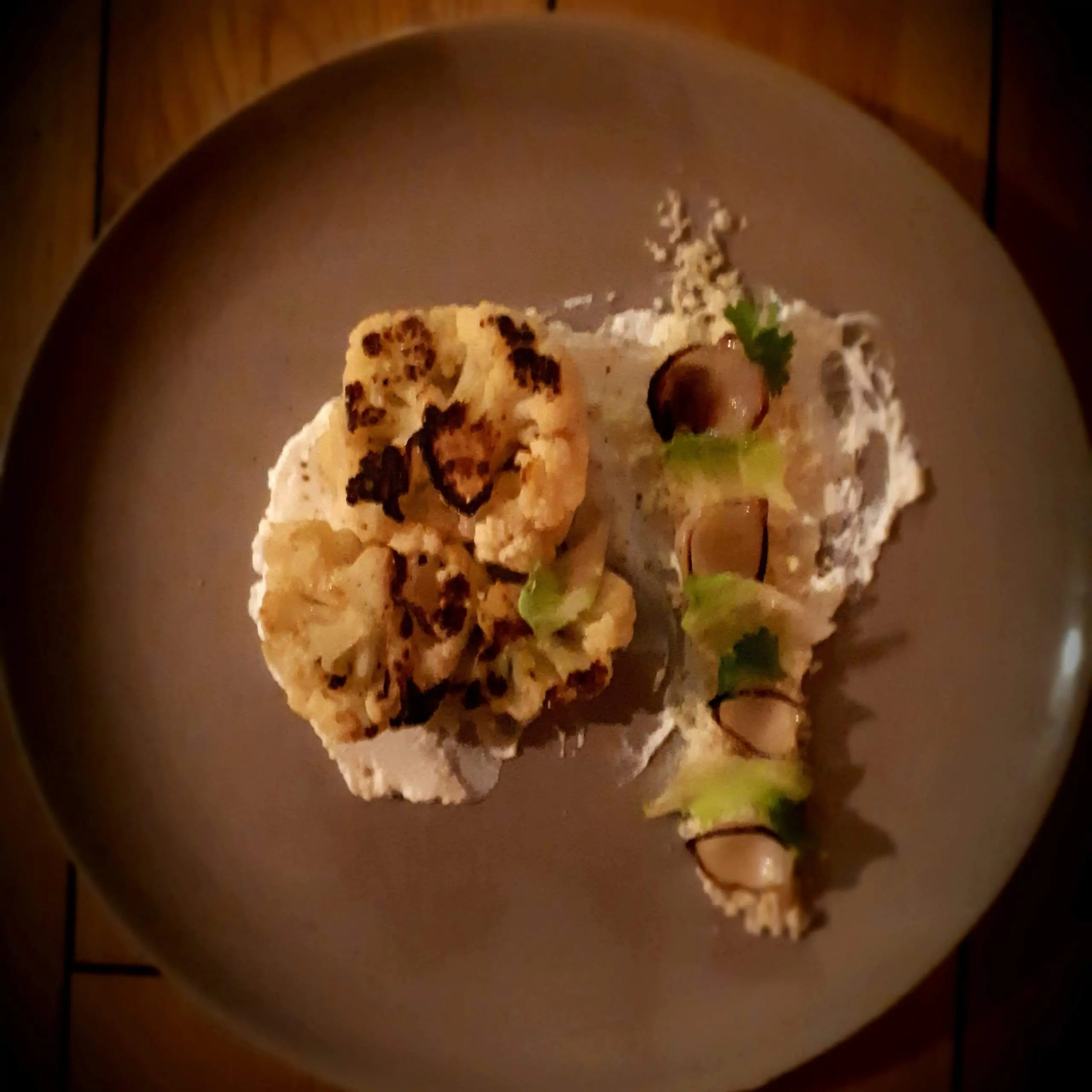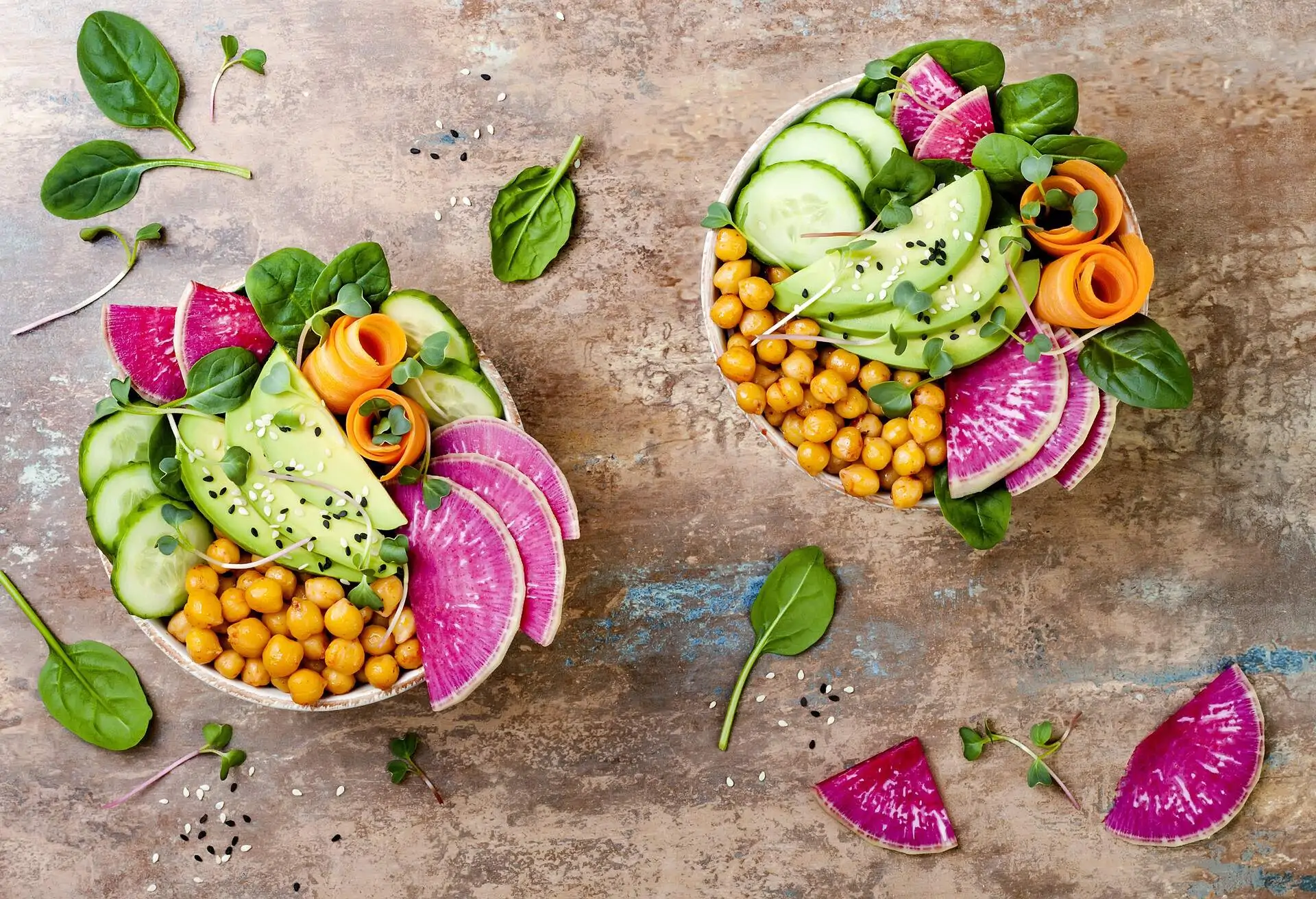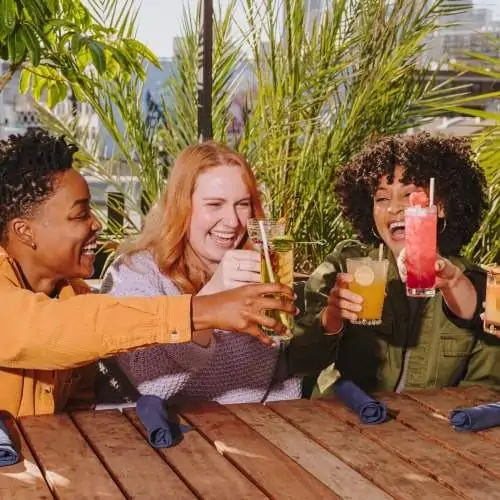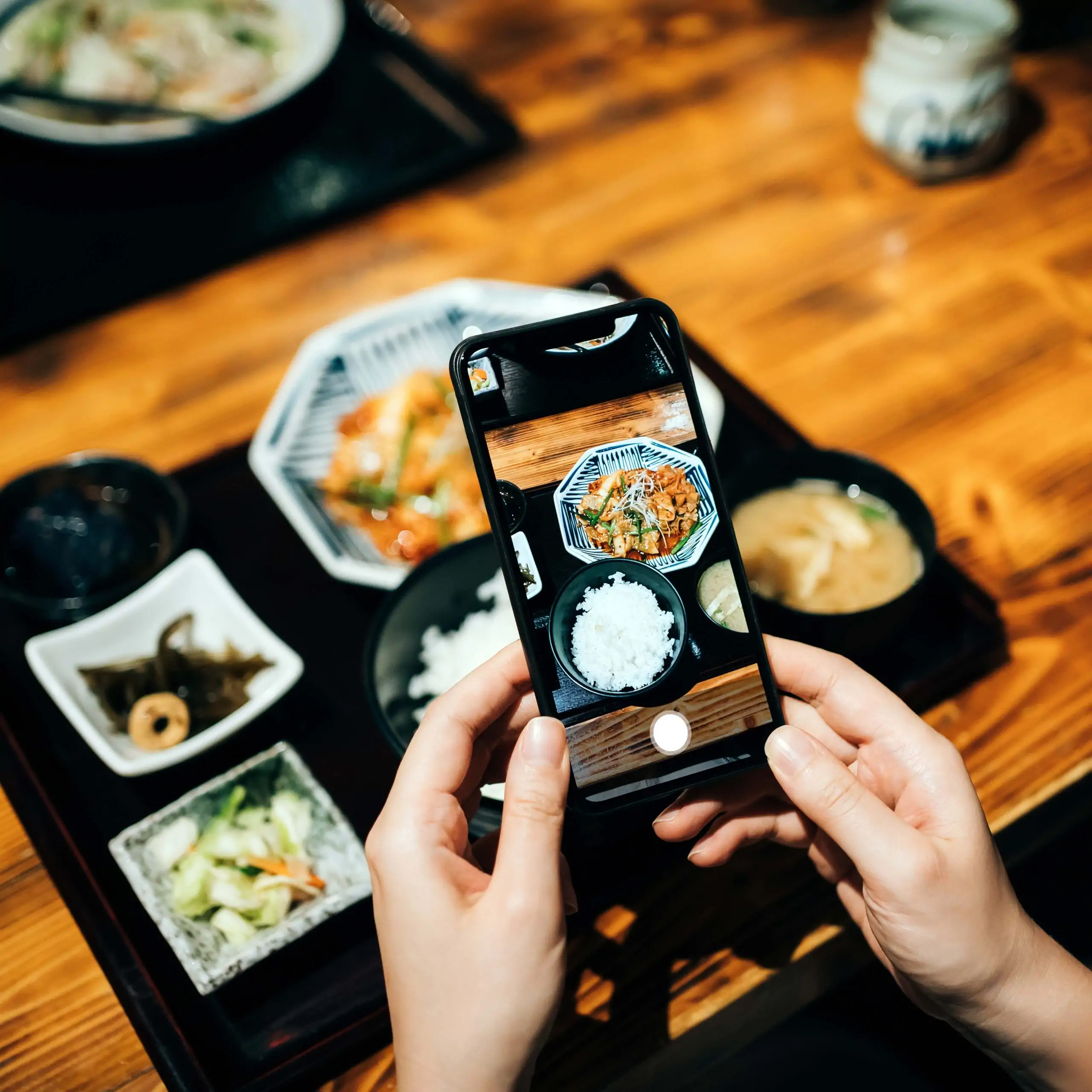Food waste has come into question regularly recently, we take a look at how the restaurant industry is also now turning its focus towards reducing restaurant food waste.
Food waste statistics are real:
- In the UK, a total of 3,415,000 tonnes of waste is disposed of in the food sector every year, of which 1,473,000 tonnes are sent for disposal and 600,000 tonnes (41%) of the waste from pubs, restaurants, hotels and quick service restaurants is food waste. The food sector produces 0.4 million tonnes of avoidable food waste per annum, a further 0.2 million tonnes of unavoidable food waste is produced every year. (wrap.org.uk)
- In Ireland, over one million tonnes of food waste is generated annually; 37,000 is from food distribution and commerce sectors, 450,000 from factories and 300,000 from consumers. Every tonne of food waste from a hotel or restaurant costs that business between €3,000 and €5,000, so an average restaurant loses about €24,000 per year from food waste and an average hotel loses about €150,000 per year from food waste. (stopfoodwaste.ie)
Nose to tail, root to stem, fermenting, dehydrating, freezing, gin made from whey, mushrooms grown from coffee grinds and soap made from old oil or fat… these are just a few of many methods restaurants have adopted to help reduce their food waste and start using and reusing food and its bi-products in a bid to put less in the bin.
The main important factor to note is that there is a consciousness growing rapidly around food – What we are eating, how we are growing, if we are growing, where are food is coming from, how is our food being produced, how is it being cooked, where is food ending up and how much of it is ending up there.
Restaurateurs and chefs are among those primarily focused on reducing restaurant food waste and have the knowledge and means to do so. Douglas McMasters in Silo, Brighton created a zero waste system in his restaurant and was the first of its kind in the UK. Systems such as trading directly with farmers, using reusable delivery vessels and having an anaerobic composter in the restaurant are just some of the ways in which they are keeping waste as close to zero as possible.
In Ireland, Food Space is a small boutique company – owned by a facility management company called Apleona – whose ethos has sustainability as its number one goal.
Food Space was set up two years ago as the catering division for Apleona and its 2,500 employees, creating restaurants in each facility. Conor Spacey is Executive Chef and Head of Development at Food Space, and he explained how big an impact their ethos has had in their restaurants. “I had to think, ‘how do I change the habits of chefs who have never really looked at waste the way I look at it?’ It’s just habit. In a professional kitchen, it’s habit to throw away fresh vegetable peelings, leaves and to look at all of that and think of it as waste. Chefs want the best part of the vegetables, meat, fish… no matter what they are working with, but I look at it differently. I think the peelings, etc are just as important and can be as flavoursome too.”
“I work very closely with farmers throughout Ireland so every one of our kitchens can only buy within 50 miles from each kitchen. What that means is I have conversations with farmers every week and I know how much passion goes into growing their vegetables, fruits, herbs, and rearing of their animals. I just look at their products, which are brilliant products, and it doesn’t make sense to me to throw any of it out. You just can’t.”
“In a kitchen, you have different types of waste; there is the production waste and then there’s the plate waste, but you can’t do anything with that, we compost ours. Plate waste is coming back in from customers and we measure that because if there is a lot of plate waste then the portions are probably too big. We monitor everything, so by measuring how much we compost every week we can keep an eye on that. We use the compost to grow salad leaves, herbs, stuff that’s simple to grow, and that goes back to be use into the kitchen then.”
“However, 90% is in production. Milk, for example, for cappuccinos; we have a barista bar in most of our restaurants. They foam milk every day. I started to measure it and there was so much just going down the sink. I asked our guys to keep it aside in containers and now we have started to make Ricotta cheese from it and that goes into different dishes. However, the Ricotta gives you another waste product, the whey. We use our whey to cook porridge and for barley, pulses and rice, which adds protein back into food. We also use whey to make a ‘mother starter’ for fermenting and we ferment off-cuts of vegetables in that. Now all of a sudden we have all of these bi-products created from milk waste.”
“We use a lot of fruit too, for breakfast, for example, in different dishes from birchers to porridge and smoothies too. You end up with a lot of skins leftover from that. You think you can’t do anything from pineapple and watermelon skins? You can. It’s all going to end up in the compost anyway, but we can use it before it gets there and help to break it down even more before it reaches the compost. We make vinegars from the fruit skins. We take the pineapple skins and cores and we add herbs, spices, etc and ferment for about eight weeks and make vinegars out of them. They are that good that our customers have asked us to bottle it and sell to them!”
“Unfortunately in food production one waste leads to another and another. I think it’s our responsibility as chefs to do something with that. It’s just a habit to throw it down a sink or into a bin, but we can change that. I think all restaurants can implement ways to start reducing their food waste. We have no bins in our kitchens and want to keep that up.”
